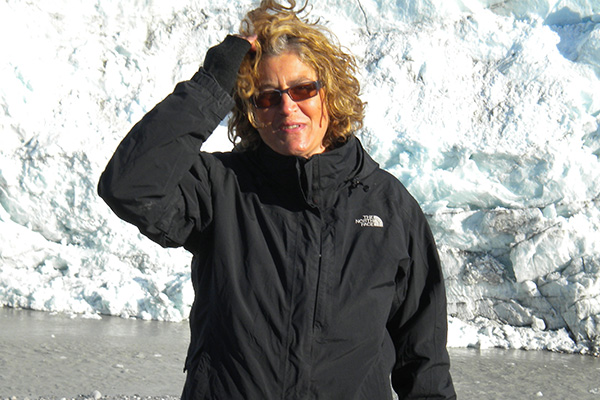Too little, too much, too dirty water: where, when, why?

We experience global change to large degree through the variability of Earth’s water on land, where our human societies reside. As we move in space and time, water availability and quality may decrease or increase, while drought and floodextremes may become more or less frequent, intense, and/or temporally extended.
Time: Tue 2024-04-09 11.00 - 12.30
Location: Stias boardroom
Video link: Teams link
Language: English
Participating: Georgia Destouni, Stockholm University
Related open research questions include: Do distinct water variability and change patterns emerge from past, through present, to projected future times around the global land area? Do the terrestrial water fluxes accelerate or decelerate? Do land conditions become wetter or drier? How do changes in water quantity and quality interplay with those in climate, human land use, and other societal and environmental developments? Like water itself, these questions are essential and we need to be able to answer them to plan for and achieve sustainability for human societies, socio-economic sectors, ecosystems, and global health.
In this talk, I will outline some basics and highlight some key developments of terrestrial water research for answering such questions with focus on the three risk narratives of too much water, not enough water, and polluted water. I will exemplify results and implications of our research at the SATORI (geoSpAtial daTa-mOdel-aRtificial Intelligence) Research Lab for coupled natural-human systems on water variability and change around the world, including in South Africa and other African and world regions. SATORI is hosted by and brings together the multi-disciplinary expertise of the Stockholm TrioUniversity Alliance (Karolinska Institute, KTH Royal Institute of Technology, Stockholm University) as part of the initiative “Stockholm Trio for Sustainable Action.” Through the SATORI research, with water as a blue thread, I will describe how we combine and use different types of geospatial data, physically-based and AI/ML modeling, and participatory approaches to address compelling global change and sustainability challenges.